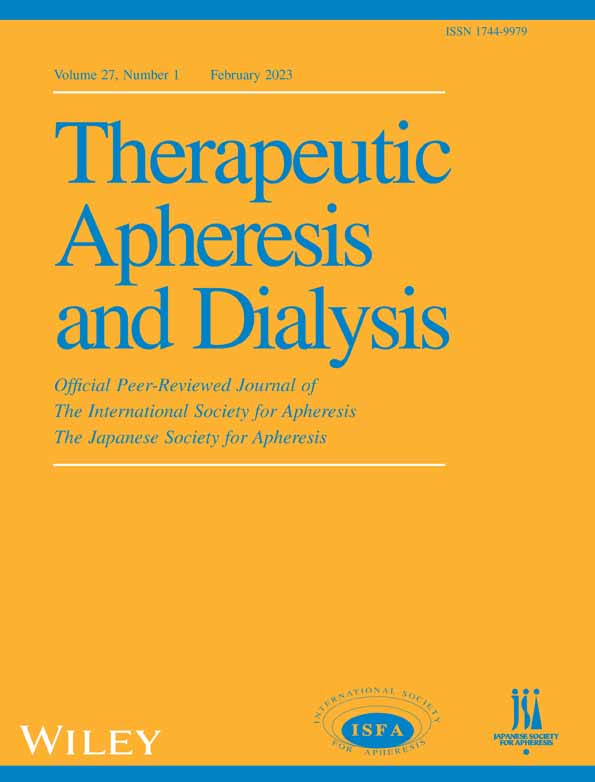The amount of skeletal muscle mass is associated with arterial stiffness in hemodialysis patients
Abstract
Introduction
Sarcopenia was determined to be associated with increased arterial stiffness in the nondialysis patient population, but there is no available data on this subject in dialysis patients.
Methods
A total of 79 patients were included in the study. Sarcopenia was diagnosed according to the EWSGOP-2 criteria. Arterial stiffness was measured noninvasively with a mobile-O-Graph device.
Results
Skeletal muscle mass was observed to be positively correlated with weight, body mass index, creatinine, and uric acid, while negatively correlated with augmentation index. There was a correlation between augmentation index and sodium, phosphorus, systolic blood pressure, diastolic blood pressure, cardiac index, muscle percentage, fat percentage, and skeletal muscle mass. When the determinants of augmentation index in the linear regression analysis were viewed, just the systolic blood pressure and skeletal muscle mass were observed to be the determinant.
Conclusion
Decreased skeletal muscle mass contributes to increased arterial stiffness in hemodialysis patients.
CONFLICTS OF INTEREST
The authors declare no conflicts of interests.
Open Research
DATA AVAILABILITY STATEMENT
Authors elect to not share data.




